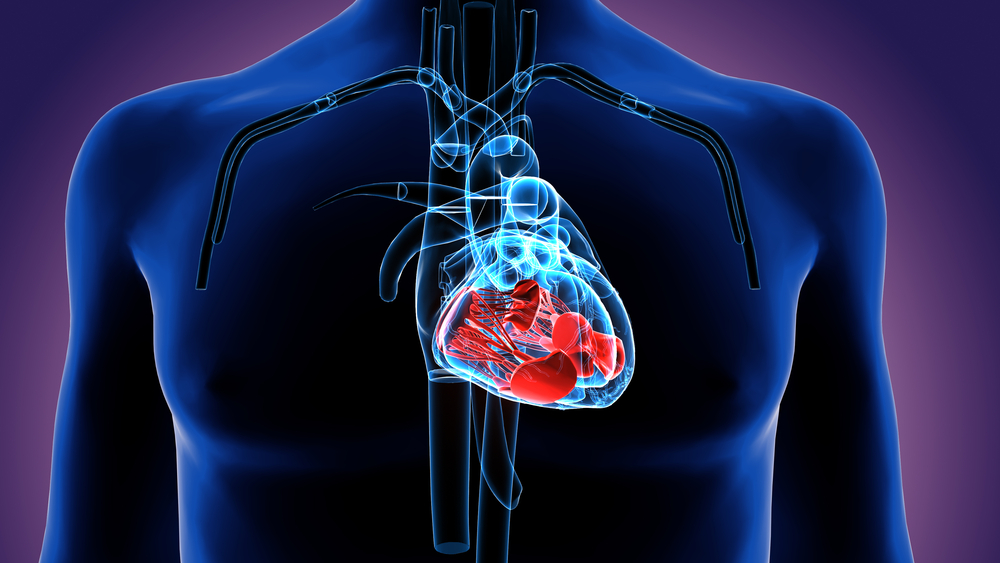Researchers Isolate ST2 Protein as Potential Biomarker for Heart Disease in Duchenne Muscular Dystrophy

Researchers have found Duchenne muscular dystrophy (DMD) patients with heart disease have very high levels of ST2, an interleukin 1 receptor-like 1 protein. That makes this molecule a potential biomarker for cardiac disease in such patients.
The study by scientists at Children’s National Health System in Washington, D.C., “Interleukin 1 Receptor-Like 1 Protein (ST2) is a Potential Biomarker for Cardiomyopathy in Duchenne Muscular Dystrophy,” appeared in the journal Pediatric Cardiology.
Most DMD patients die of cardiac causes, with little progress in developing new therapies that target heart disease in DMD. Imaging of the cardia system of young boys with DMD allows doctors to identify the presence of early myocardial (heart muscle) disease. Another way to assess early cardiac disease is by analyzing blood biomarkers. In fact, serum biomarkers are already used to diagnose or monitor progression of skeletal muscle disease progression in DMD.
Scientists have identified some cardiac disease biomarkers such as brain natriuretic peptide, tenascin C (TNC), thrombospondin-4 (TSP4), ST2 and galectin-3 (Gal3), but more biomarkers are needed. For this reason, researchers at Children’s National hoped to identify potential cardiac serum biomarkers that can be correlated with DMD cardiomyopathy.
As such, they selected boys and young men from the Cooperative International Neuromuscular Research Group’s DMD Natural History Study (NCT00468832) to conduct an observational, case-controlled study. They collected serum from patients between 2011 and 2013, and recorded data including measurement of ejection fraction (EF) and/or shortening fraction (SF), which are two parameters used to determine cardiac function. Patients with DMD were categorized as having cardiomyopathy if their EF was lower than 55 percent, or their SF was lower than 28 percent.
Researchers picked eight proteins that were known to function in cardiac and skeletomuscular disease from a biomarker panel to test the serum. These proteins included MMP9, ST2, CRP, TLR4 (Toll-like receptor 4), LEP, TNC, BNP and Gal3. Among these proteins, ST2, MMP9 (matrix metallopeptidase 9), LEP (Leptin) and CRP (C-reactive protein) levels were higher in DMD subjects than in healthy patients.
Researchers then conducted further analysis on a different assay to validate the eight proteins in the prior experiment. In this part of the study, only ST2 and MMP9 showed significantly different levels between DMD subjects with cardiomyopathy and healthy controls. DMD patients without cardiomyopathy also had higher ST2 levels than healthy subjects, but results were not statistically significant. ST2 levels between the two DMD groups showed no statistical difference. MMP9, on the other hand was significantly greater in both DMD groups compared to healthy subjects. There were no significant differences in levels of the other proteins.
ST2 is a known cardiac biomarker for other cardiovascular diseases such as chronic heart failure. While the reason behind high ST2 levels is not known yet, the authors speculate it could reflect early myocardial fibrosis related to the loss of dystrophin.
Doctors now diagnose cardiac problems in DMD patients via cardiac magnetic resonance imaging. However, this technique has several disadvantages, which is why ST2 levels may provide an easier, cheaper and non-invasive method of diagnosing cardiac fibrosis in DMD patients.






